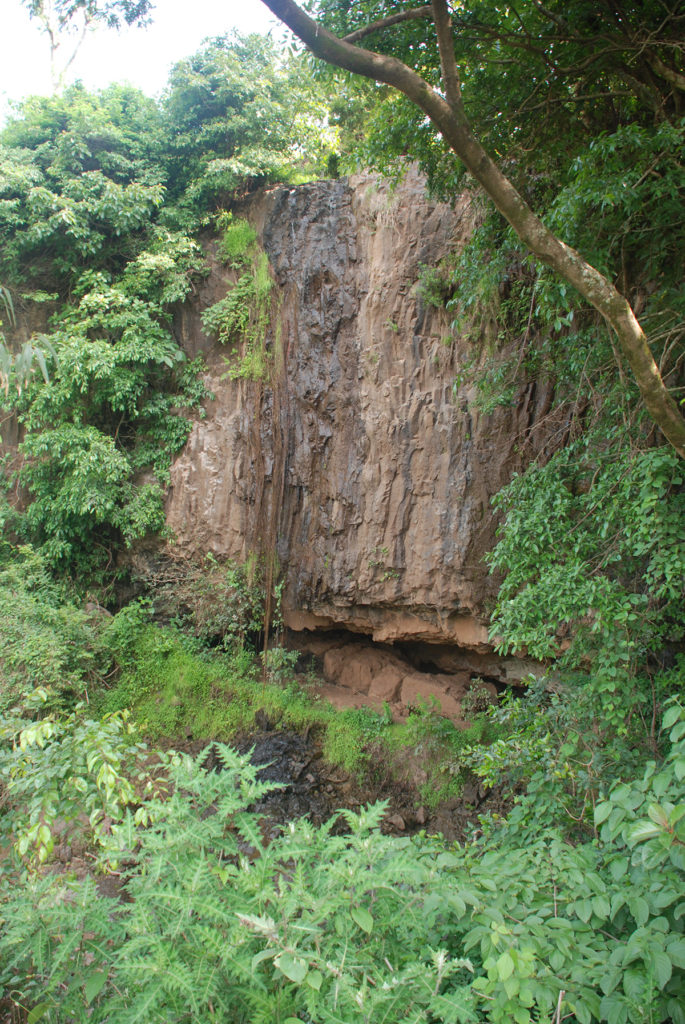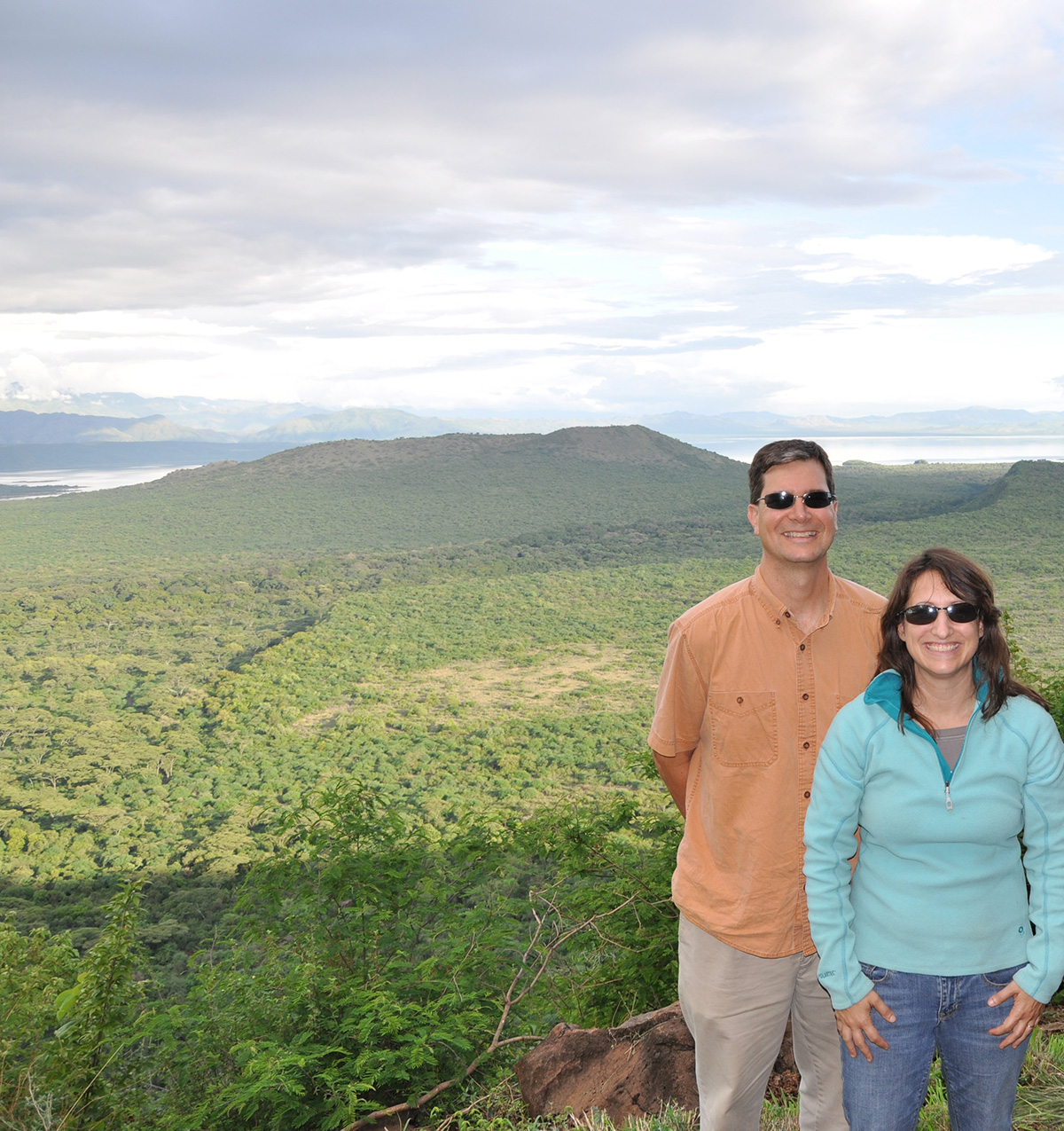Professors Kathryn and John Arthur bring their cutting-edge research and international experience into the classrooms of USF St. Petersburg.
Courtesy of John Mitchell
By Max Steele
University of South Florida St. Petersburg campus anthropology professors Kathryn and John Arthur, contributed to a history-defining academic study that has unraveled an ancient mystery.
The most recent version of the study, published in the journal Nature on Feb. 23, not only links together centuries worth of human development, but accentuates the overall importance of studying history and how it affects our everyday lives.
While conducting research on the Gamo people in southern Ethiopia in 2012, the Arthurs and their team discovered a 4,500-year-old male skeleton buried within Mota Cave. After getting permission from the Gamo elders to excavate the site — as caves are viewed as sacred ground — and four days of tedious digging, the team found that the skeleton was well preserved due to the cave’s protection from erosive forces and deep soil deposit.
In 2013, the skeleton, later named Bayira — meaning “first born” in the Gamo language — was transported to the University of Cambridge where geneticists extracted DNA from his ear bone and discovered that the ancient African was “highly adaptive and capable of living in low-oxygen, high-altitude conditions,” according to a press release.
After two more years of extensive analysis and collaboration between anthropologists, archaeologists and geneticists, Bayira became the first ever completely sequenced ancient human genome from the African continent. Published in the journal Science in 2015, this was a monumental achievement for the Arthurs and all those involved.
“Because most African environments don’t preserve bodies as well as other parts of the world, we didn’t think this would ever be possible,” Kathryn Arthur told The Crow’s Nest.
This feat was not just celebrated by scientists and historians, but also by the Gamo people, who could now claim a close relation to the only fully sequenced African ancestor.
“This really gave [the Gamo people] a sense of pride, especially since this group has been discriminated against in the past,” the Arthurs said. “They were very excited and even created a celebratory song about Bayira.”

In 2021, more DNA was extracted from Bayira — this time from the plaque scraped off his teeth — and revealed that our ancient ancestors’ diets may have relied more on starch and carbohydrates, rather than meat. The study, published in Proceedings of the National Academy of Sciences, indicated that this could have played a role in the development of large human brains, according to a press release.
“We tend to think of the past as simpler, but this DNA study has allowed us to look through time and see that our ancestors traveled long distances, socially interacted with one another and lived complex lifestyles more than 50,000 years ago,” Kathryn Arthur said.
The Arthurs believe Bayira still has much more to offer and will only continue to reshape both African and human history the more that he is studied.
“We’re continually surprised by the innovation of scholars today and the possibilities are endless when archaeologists and geneticists work together,” Kathryn Arthur said. “There’s so much we can learn about the past from just one individual. It’s amazing.”
When asked about Bayira’s significance and why learning about the past is important, the Arthurs agreed that the past continues to affect our everyday lives — such as the way it has structured our society — and when acknowledged and educated on, it has the ability to bring people closer together.
“[Bayira] shows that we’re all interconnected. We are not isolated by our geography and we, the human species, have a common history,” John Arthur said. “This study brings us back together as one people and rewrites past ideas about our ancestors.”
As for how this groundbreaking study affects USF St. Petersburg and the credibility of the anthropology program, “it shows that this department performs internationally and conducts cutting-edge research on the highest of stages,” the Arthurs said.
“This department has a very strong faculty with amazing scholars. We bring this knowledge into the classroom and expose our students to the significance of this field. You can get a great education at a small school, and we hope to continue educating USF St. Pete students to the fullest.”



